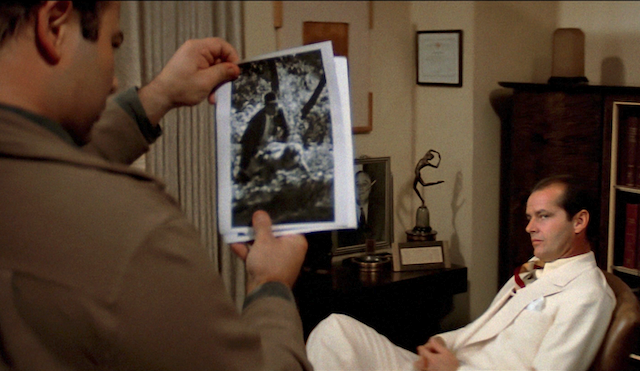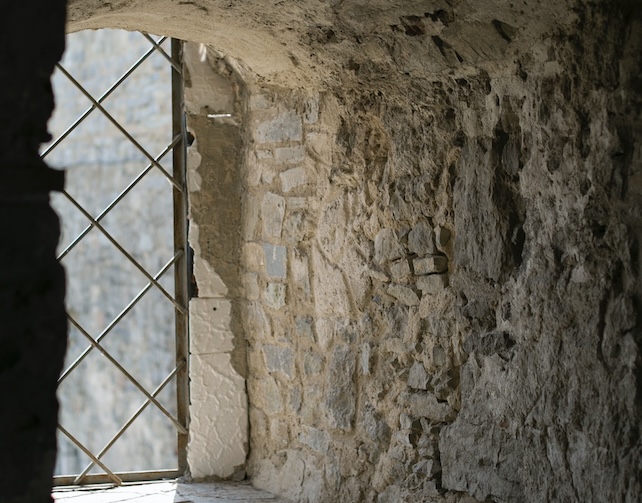How To Write Your Mystery’s First Chapter

Welcome Your Reader to the Story
Your first chapter does some heavy lifting for your story. Introduce your protagonist. Set the tone of the story. Establish the genre. And, hook the reader, so they’ll want to continue reading.
The opening chapter gives your reader a first glimpse of your story. And, just like the adage, there’s no second chance for a first impression, this chapter is the first impression of your story. It’s how they judge whether your story is right for them or not.
The first chapter brings your reader into the story and entices them to keep reading. It’s probably the most important chapter because if it fails, your reader will stop reading. They won’t get to the “good parts” that come later. You want the first chapter to be the first good part.
Five First Chapter Must-Have Ingredients
Because your first chapter is the invitation to the rest of your mystery, you need six major ingredients to introduce your reader to the story.
- An interesting and/or sympathetic protagonist – show your sleuth displaying their skills.
- Set the tone – Establish the point of view, usually first or third person for a mystery. Then make clear the tone – dark and foreboding or light and whimsical.
- An engaging opening conflict – give your sleuth a problem that will illustrate his or her personality and skills. This isn’t the main conflict, just something that introduces your sleuth in action.
- A strong sense of place – ground your reader in the story’s world.
- A hint of what’s to come – your character, how they deal with conflict, and the tone all foreshadow the big stoy conflict and your sleuth’s skills and shortcomings as they solve the mystery puzzle.
The beginning set’s up the story. You make a promise to your reader that all of these ingredients will have more importance as the story progresses.
Chapter vs Scene
A chapter works to pace the novel for your reader. The end of a chapter is a break in the story. A scene is a small section of your story, that presents a point where the character attempts to accomplish a goal but faces obstacles. It’s like a mini-story with a beginning, middle, and end.
A chapter may contain one scene or several. Your scene length and chapter length may differ. For example a chapter may contain one long scene and two short scenes.
How you structure the first chapter of your novel is up to you. You want to lead your reader far enough into the story, so a break—the end of the chapter—feels like a natural pause in your story.
The Beginning is the Hook
Advice about your beginning often stresses having a hook. But a hook without substance—a sex scene, an airplane crash—just to grab attention isn’t doing the right job.
It’s better to think of your entire first chapter as the hook for the rest of your novel. Get your reader involved. Give them a reason to care about your sleuth. Would your reader handle a problem the same way? Do your sleuth’s skills give them an edge? Has your sleuth done something wrong? Lost their temper? Drove over a curb?
Make sure the tone at the beginning matches the tone of the rest of the story. Let the reader know where they are. Woods? Small town? City streets? Paris? Los Angeles? Does your sleuth fit the local culture?
No matter how many books your read or formulas you consider for writing a story, at the beginning engage your reader. Reassure them that the story you promised feels like the genre they want, gets your protagonist in action right away, and delivers a dilemma that keeps them reading for more.
Ready to write your mystery? Write A Killer Mystery walks you through all the steps to get to The End.





